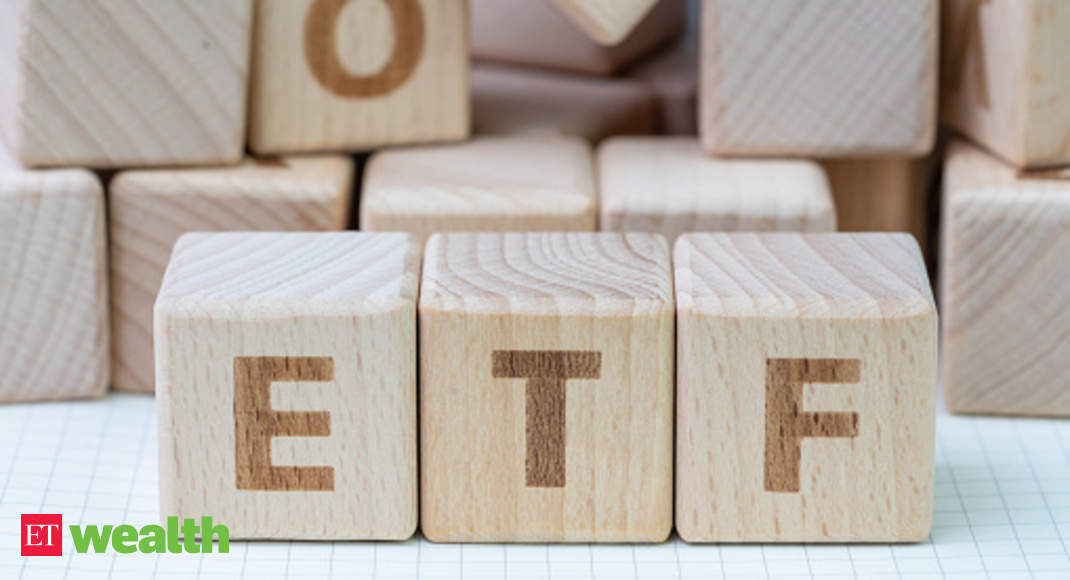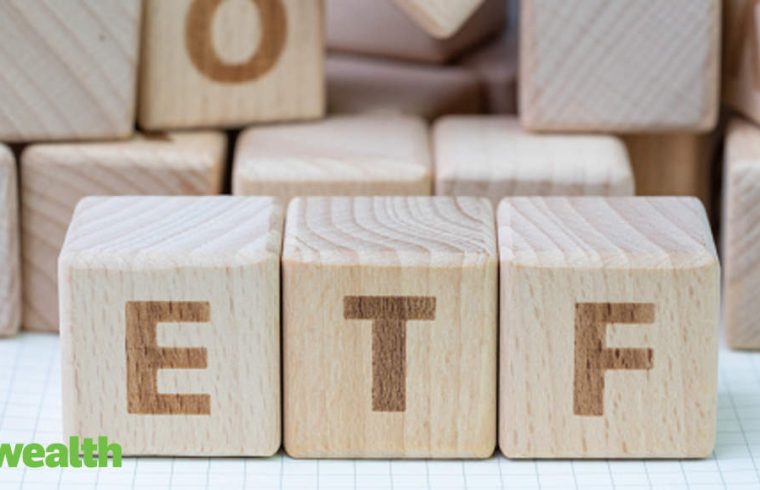
Bonds have much more money invested in them worldwide than in equities, but don’t get the column inches they deserve. That’s because bond returns don’t appear as spectacular as those in stocks, but in stressful times, they are good bets – more so if state backed. So, the latest Bharat Bond ETF issue will likely draw investors, who should earn 150 basis points more than the yields on existing tax-free debt.
Set to be launched in July, the latest Bharat Bond ETF series aims to raise Rs 14,000 crore. This tranche of mutual fund units, tapping into retail savings, is estimated to yield a tax-free return of 6.21% for people in the marginal tax bracket.
Those returns easily outpace the gains from existing tax-free bonds in the secondary market, perhaps by more than 150 basis points. So, these are cool bets for high net worth individuals shifting funds from risky assets. Tax Free Bonds (AAA) are now trading at 4.65% yield-to-maturity, a gauge used to measure returns on investment from the secondary market.
“Investor interest in Bharat Bond ETF could be high at this point given the downward trajectory in interest rates and possibility of credit spreads narrowing over the medium term,†said Deepak Jasani, Head Retail Research, HDFC Securities. “HNIs could find such an opportunity attractive given the poor return visibility among other asset classes lately.â€
The yield spread or differential between top-rated public sector companies and similar maturity sovereign bonds narrowed by about 10-20 basis points to 60-65 bps in the aftermath of the unscheduled central bank policy announcement last Friday.
If the yield spread widens, investors carry the risk of incurring losses despite a fall in benchmark interest rate. As compared to Gilt funds that are a straight play on the rate trajectory, investors in Bharat Bond ETF should garner benefits from both rate declines and spread compressions.
Typically, Bharat ETF invests in top-rated bonds issued by companies that have at least 51% state ownership. It invests in securities that are part of the Nifty Bharat Bond Indices. The constituents include IRFC, NABARD, NHAI, NHPC, NTPC, REC, PFC, Power Grid Corp, and SIDBI.
Last December, Bharat Bond ETF had raised Rs 12,400 crore through its first issue.
“It makes sense for a retail investor at higher tax brackets to subscribe to Bharat ETF units,†said Vikram Dalal, managing director, Synergy Capital. “Wealthy investors have now turned risk averse amid economic uncertainties. They now prefer secured returns to astronomical returns.â€
Last Friday, Edelweiss Asset Management said that it would launch the second tranche of Bharat Bond ETF in July with two new series to raise up to Rs 14,000 crore from the market.
“Awareness of Bharat Bond ETF has to be high to ensure its success at this time of crisis,†said Jasani.
It awaits approval from the Securities Exchange Board of India. The two new series will have maturities of April 2025 and April 2031.







